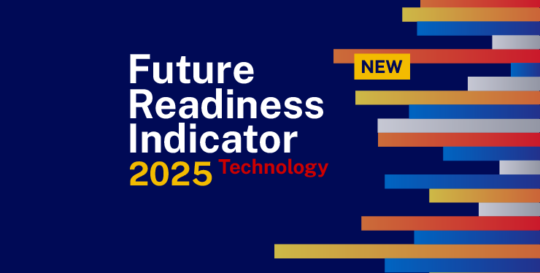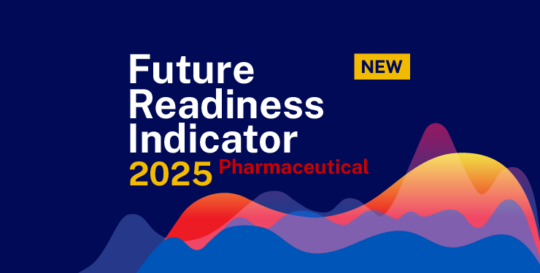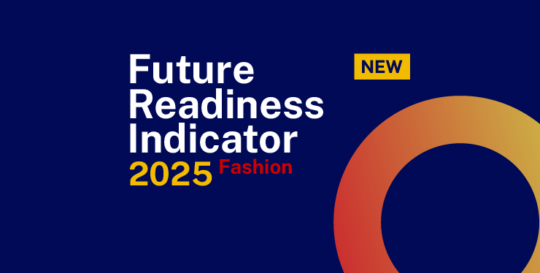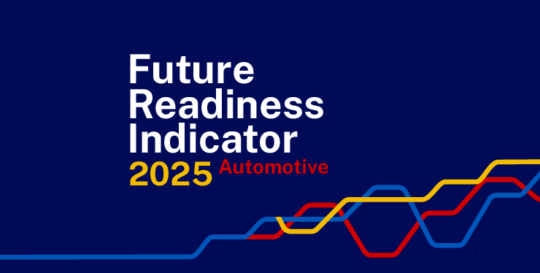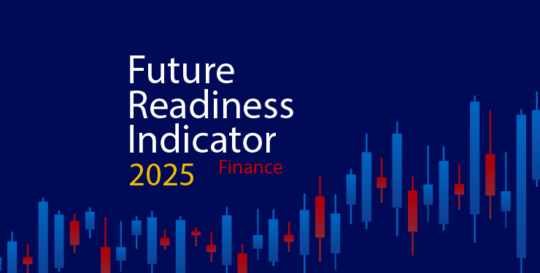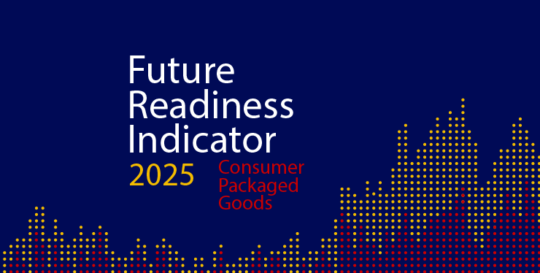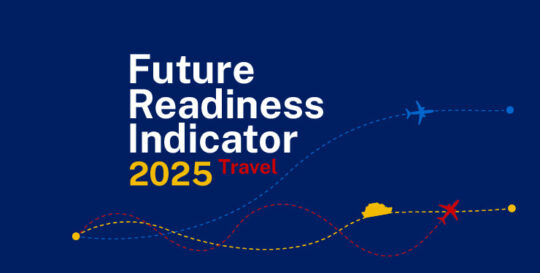IMD business school for management and leadership courses



How we determine if a business is future-ready
Everyone wants to be future-ready. Every employee wants to be confident they are employed by and building a career with a future-ready organization and every manager understands that it’s not about what your team produced last quarter. Future readiness is what makes a difference.
Whether you are a leader who wants to become future-ready as an individual, an executive who wants to make sure your function or business unit is future-proof, or someone who oversees an entire organization who wants to ensure your company becomes future-ready, the IMD Future Readiness Indicator is a powerful and meaningful tool. You know why it matters, but how does it all work?
Measuring Future-Ready Businesses
Becoming future-ready is an elusive concept. Fortunately, with our research methodology, there is a way to count it and measure it. Everyone can manage their future readiness, and we’ll show you how.
Within each industry, highly ranked companies repeatedly reinvent themselves. They redefine how to design and manufacture their products or reimagine how to deliver their services. Future-ready organizations “leap” repeatedly. They have leaped from their historic areas of expertise to new knowledge. They are outward-looking and curious, and assimilate new concepts from other industries.

At IMD, we compare leaders of top organizations that are becoming future-ready. A future-ready business is not only about having a hot product; we learned in 2022 that it requires a balanced approach. This is why we take a composite score perspective in our Future Readiness Indicator (FRI) to create industry-specific ranking tables (for example, the automotive industry).
Ranking is interesting. But the choices companies have made, and how they’ve come to make those choices, is even more profound. This is why there is also a computer-aided textual analysis algorithm that investigates a company’s attitudes – a key determinant to being a future-ready business.
Our research methodology
Our team, led by Howard Yu, tracks how likely a firm is to successfully move toward a new knowledge discipline in its efforts to prepare for the future. We introduced the Future Readiness Indicator to measure how prepared for a changing future companies are sector by sector. We began with four industries: Automotive, Fashion & Retail, Financial Services, and Technology, including the key players in each industry.
Industry rankings go beyond leadership evaluations and business performance analysis and are instead based on seven main factors.
- Financial fundamentals
- Investors’ expectations of future growth
- Business diversity
- Employee diversity/ESG
- Research and development
- Early results of innovation efforts
- Cash and debt
These seven main factors, which aggregate into an overall result, comprise 32 variables.

How we synthesize the data
The variables are contingent on data from company websites, annual reports, press releases, news stories, and special reports on topics such as corporate social responsibility. The data is publicly available, yet no one has synthesized it quite like the Future Readiness team.
For data on the volume of press coverage, the team consulted Factiva, a global news database covering various premium sources, and counted the number of press releases on each trending topic previously identified in this industry for the past three years. Supplementary third-party data is provided by CrunchBase, which specializes in the topic of corporate ventures, Espacenet, which specializes in patent search, Google trends, and annual reports.
Crunching the numbers
To calculate the Indicator, we first collected historical data for each company. Then we performed calculations for each variable (e.g., 3Y CAGR, or the three-year compound annual growth rate in revenue) before we standardized the criteria data. Next, we aggregated variables to the main factors to determine the overall ranking.
For the purposes of comparison, we ranked each company from 1 (best) to n (worst, n=sample size) on a scale of 1 to 100. *note: factors are subject to change by industry, thus the number of variables may vary across industries.
Textual analysis
The calculated ranking is paired with textual analysis from an algorithm that analyses public news sources from the last decade to answer important questions on companies’ behaviors, for example:
- Which companies are more proactive learners?
- Which companies would rather exploit near-term opportunities than explore capabilities that have less immediate payoff?
- Which companies are more committed to embracing digital trends?
This approach follows a long history of research from the academic management literature. We also compare the scores between companies in each calendar quarter to ensure a fair baseline as companies face similar circumstances at the same point in time.
What constitutes a future-ready business?
So, with all this research and analysis, what did we find? A future-ready business has a bias towards learning. This attitude and philosophy typically lead to outstanding returns for investors, not only in “trendy” industries like fashion, where Lululemon commands outstanding scores in our Indicator, but in the other sectors we’ve studied.
At IMD, our researchers focus on measures that have been shown to fuel innovation, and in turn, investment in the digital tools and talents that create and maintain brands that everyone can love. To make sure you can have future-ready business, you may be best suited to joining the likes of Tesla, Alphabet, and Lululemon, all of whom scored a perfect 100 on our weighted scorecard and definitively proved they are future-ready companies.
With all these factors in mind, is your organization one of the companies of the future?


